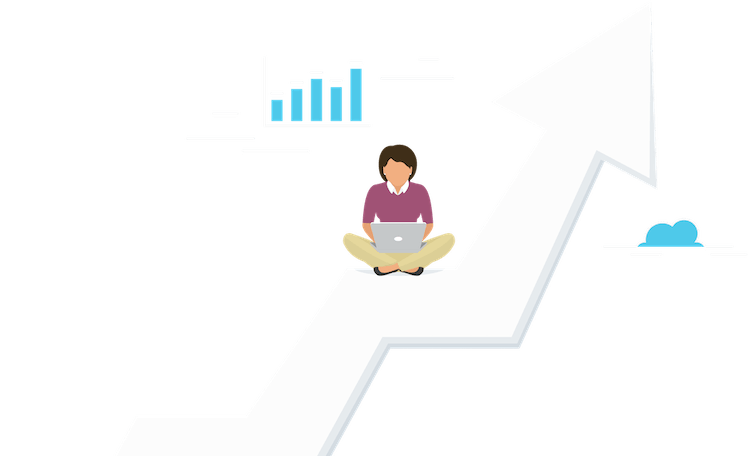How I Built a 7-figure Amazon business with a $300 credit card

Allee Evensen
October 07, 2019
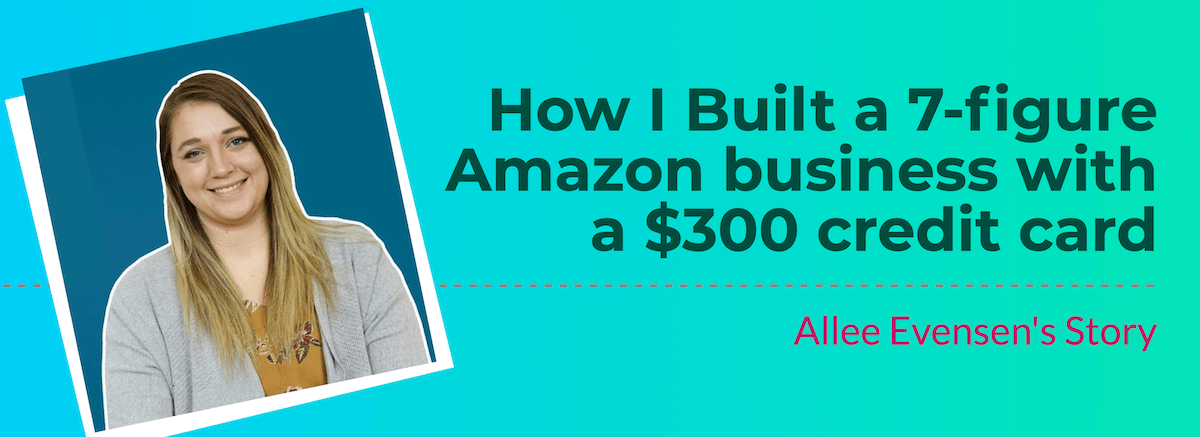
Apple started in a garage.
Hewlett-Packard started in a rented house.
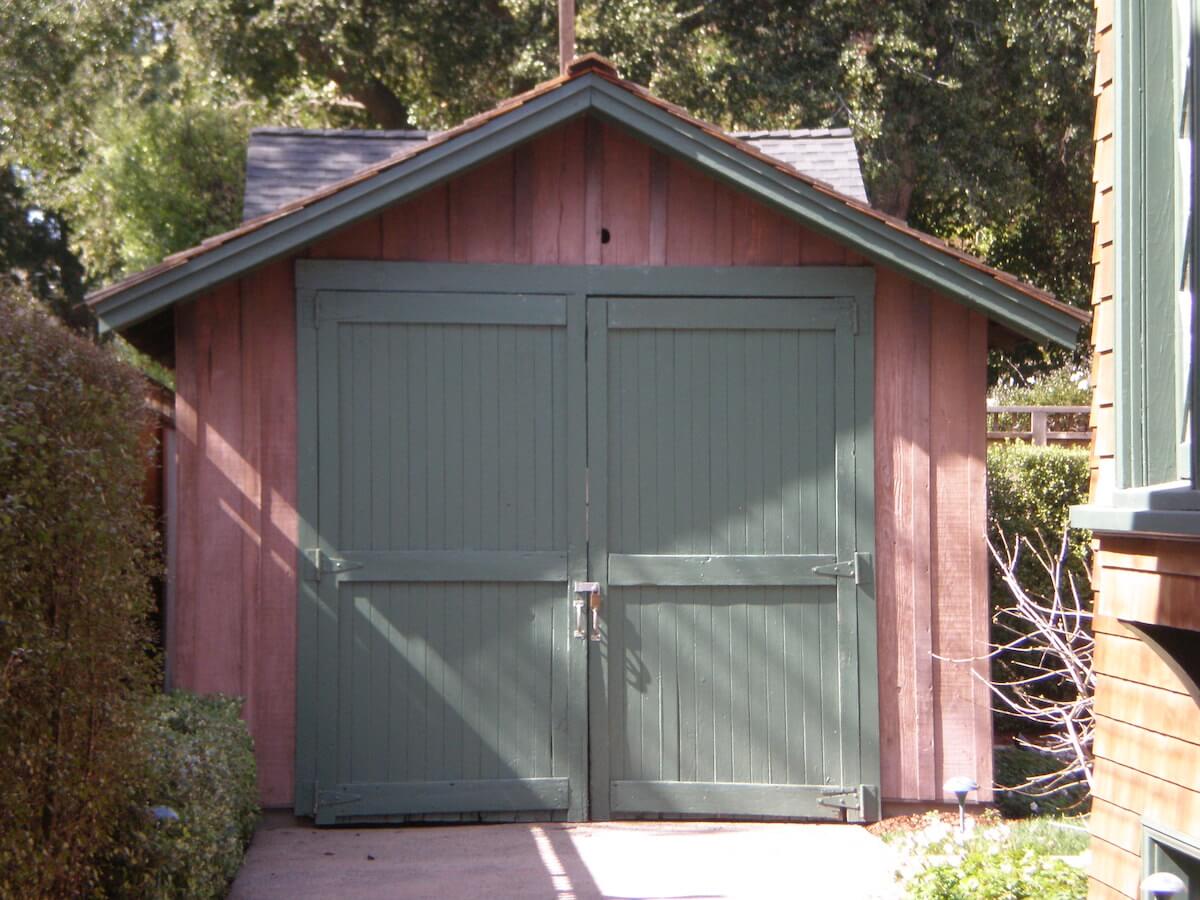
Nike started out of a green Plymouth Valiant's trunk.
I started a 7-figure Amazon company in my grandma’s basement.
I’ll never have the claim to fame these huge companies do, but every single day people ask me what THEY need to start selling on Amazon.
They think they need tens of thousands of dollars.
They think they need warehouses.
They think they need a strong technical background.
When I tell my story, these people are always awestruck because it doesn’t line up with what the “gurus” tell them.
The truth is, you can start an Amazon store exactly where you are right now, whether you have $10 or $10,000.
Don’t believe me? Here’s my story.
In 2015 I was a newly minted single mom of two babies. I had no job (I had just finished my degree) and no clue how I was going to make a living. A pending divorce had left me high and dry -- I hardly had a dollar to my name.
 I lived my life planning for the next day. Where would I sleep? How would I get to job interviews without access to a car? How would I ever have enough to put a deposit down on an apartment?
I lived my life planning for the next day. Where would I sleep? How would I get to job interviews without access to a car? How would I ever have enough to put a deposit down on an apartment?
This cycle was absolutely exhausting.
One day, I was scouring the internet for ways to make money. I had been “side hustling” online since I was a teenager through blogging, Mturk, and other small tasks, but I had always wanted to try my hand at selling physical products. It just never seemed feasible with a lack of money and space.
At the time I was bouncing between the houses of different family members, and I knew there was no way I could manage inventory without a dedicated home.
This is when I came across Amazon FBA.
To this point, I had never paid attention to third-party Amazon sellers. In fact, I didn’t know they existed at all. I just assumed the few things I ordered came from Amazon itself. Imagine my shock in learning that Amazon had a system set up where I could send them inventory, and they would store, ship and pack it. It seemed like this was MADE for me.
I was thrilled as I read about how people found products to source on Amazon. They were buying stuff from thrift stores, grocery markets, and even Walmart. Despite my lack of resources, I knew I could pull something like this off.
I had virtually no money to start; just a $300 limit on a terrible credit card. Rather than going the smart route (months of research) I was anxious to jump right into selling. It was Christmas time, so I headed to Kohls.com bought an item that seemed like a great deal: a Fisher-Price pirate ship that cost $17.99 and was selling for $39.99. At this point, I didn’t even have the Amazon Seller App on my phone to calculate fees. I just assumed I would make about $20.
Please note, this is NOT how you want to start an Amazon business.
Losing before I started
Two days later, the pirate ships showed up on my doorstep. I instantly knew I had made a massive mistake. They were HUGE.
You see, I didn’t bother to look at the dimensions before I bought them. They were stacked up 12 feet high and at least 14 feet wide on my grandma’s porch. The neighbors thought I was nuts (and they didn’t hold back in telling me so).
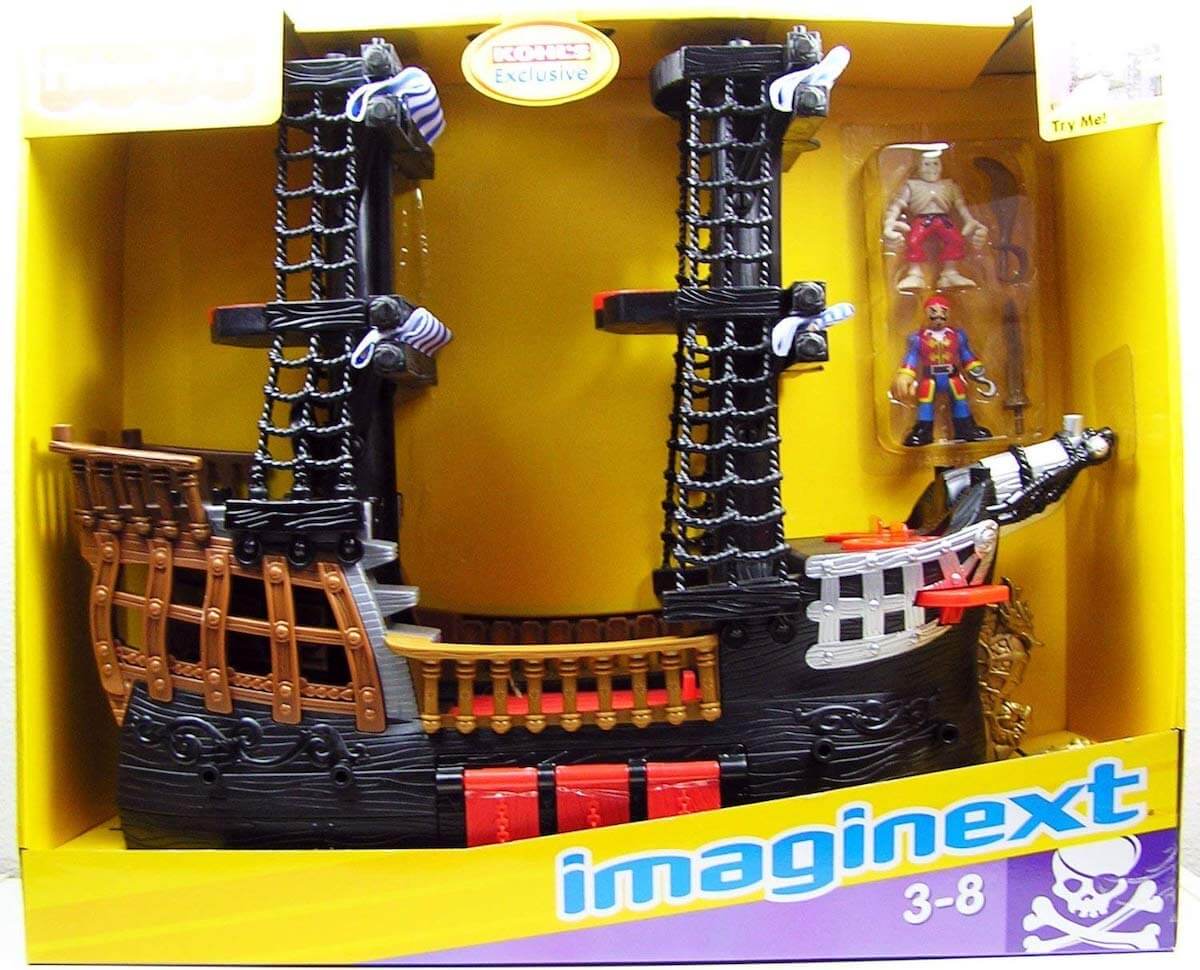
I figured the only thing I could do was send them in, so I opened my Amazon account (it was much easier back in the day) and created my first shipment. A few days later UPS picked up 18 huge boxes and the neighbors gave a huge sigh of relief.
Then, I did what all new Amazon sellers do.
I waited.
A week later the pirate ships checked into an Amazon warehouse in California. When I checked in Seller Central, I realized the price had already dropped a few dollars.
In a panic, I lowered my price.
5 minutes later, other sellers followed suit.
It was like some crazy chase. Every time I lowered my price, other sellers would instantly drop theirs too!
(Note, at this point, I had never heard of repricing software. I would later realize this was all automated and I was fighting against a software program.)
After an hour, all the pirate ships were gone.
The good news? They sold faster than I could have imagined.
The bad news? I had to pay Amazon $20 for each one I sold.
Let’s just say I lost a few hundred dollars that day.
A lesson in humility
Fortunately, the stupidity of my first purchase kicked me into gear. I knew there was potential in Amazon. Even though I lost money, I was astounded by how fast these toys sold. I figured if I could find a profitable product, I could be doing hundreds (or thousands!) in sales every day.
So, I got to work. I joined Facebook groups, messaged everybody I could find who were Amazon sellers, and soaked up every Youtube video. In short, I put in the research time I should have in the first place. I had no money for expensive courses, but every bit of info I needed was online -- it just took a little searching.
Do your research -- So, I got to work. I put in the research time I should have in the first place
At this point, I was in debt. I only had a tiny bit of credit left to turn the situation around. A few weeks after the pirate incident, I was at a small thrift store trying to find a dress for my daughter. Just out of curiosity, I pulled out my phone and started scanning old board games. I was floored when I realized these $2 games were selling for $30-$40 on Amazon.
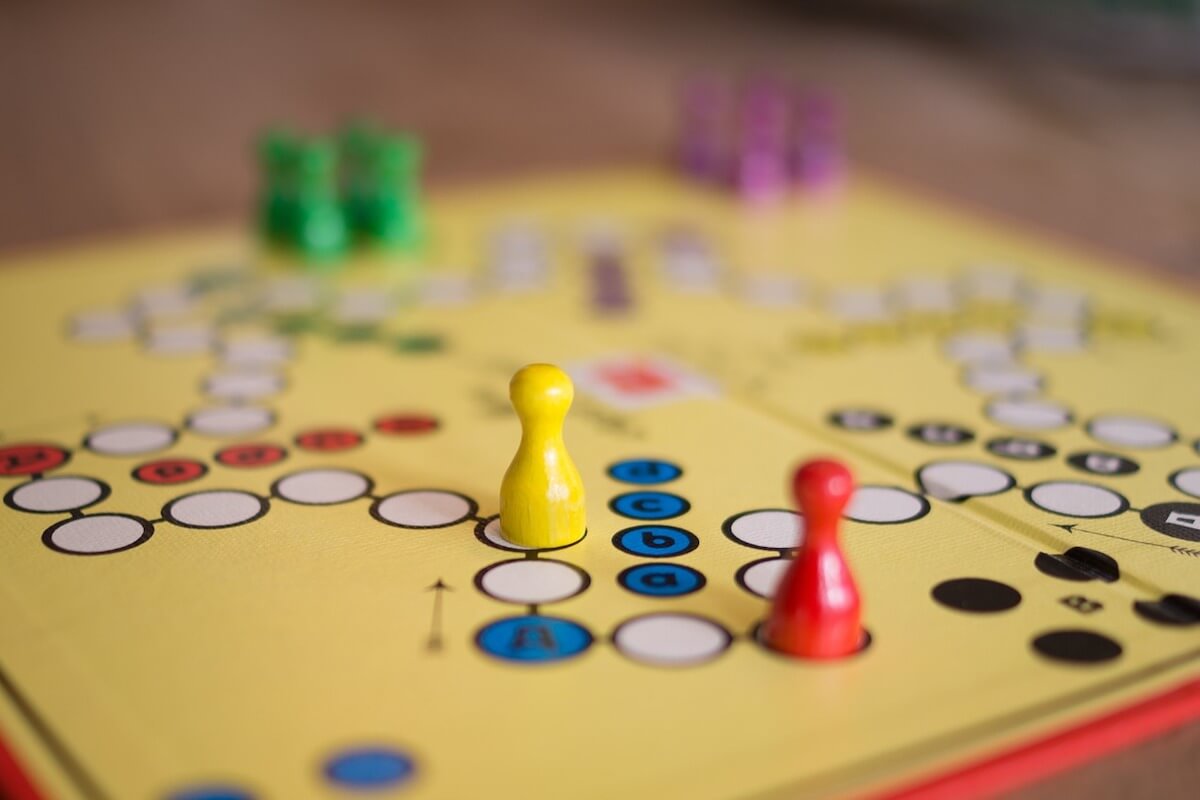
Now, this isn’t a niche I suggest to anybody. It took an enormous amount of time to pick through the games and make sure they had every piece (an Amazon requirement). The games were often bulky and didn’t fit well in standard shipping boxes. Overall, they were a pain.
However, these games helped me build up enough capital to extend to other categories including groceries, health and personal care, and business supplies. Basically, it was enough to get the ball rolling.
I knew board games wouldn’t scale in the long run, so when I had enough capital I moved into retail arbitrage and bought thousands of items from stores to resell. I was lucky enough to have connections to a local overstock warehouse that let me buy items in bulk. I never knew what they would get on a daily basis, but the margins were sometimes as high as 300%, which allowed me to build up capital quickly.
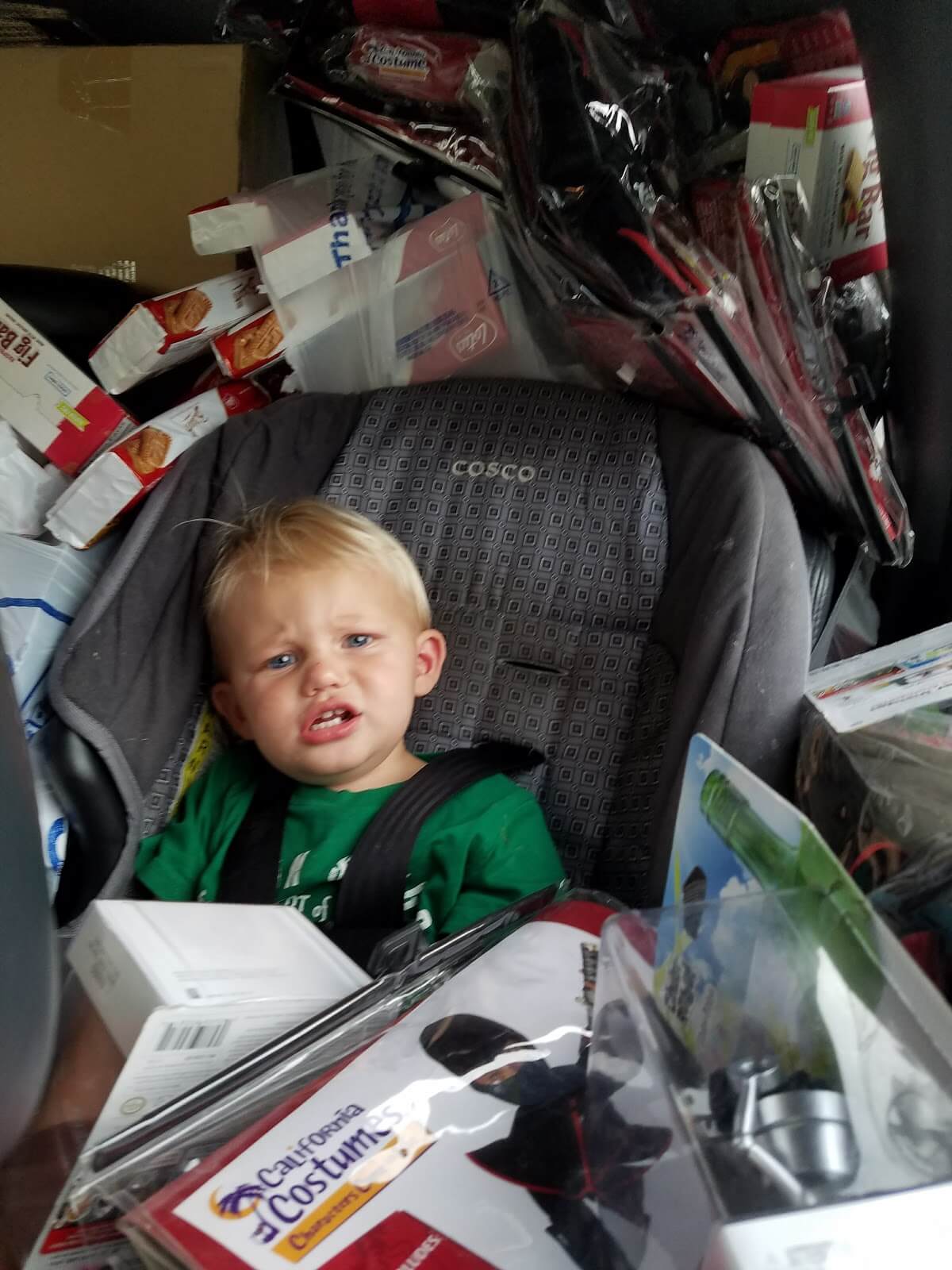
Shifting
Retail arbitrage is a tricky game. I did it for 18 months, but over time I became worried about the risk. In 2019, Amazon is pretty straightforward about brands that are restricted. Lists of companies that will hand you IP complaints and lawsuits for selling their products are readily available.
In 2016, this wasn’t the case. People were being suspended left and right for selling products they picked up from store shelves. At that time, I decided I wanted a business model that could carry me through a lot of years and could be sustainable outside of Amazon. I decided to start reaching out to wholesale companies, as well as dabbling in private label products.
This turned out to be the best decision I’ve ever made. In 2017 I created my first product. In 2018 I launched 11 different products. Rather than sourcing from China (which I’m still a huge advocate for, if you know what you’re doing), I decided to source gift-related products from in the U.S. My products are a hybrid wholesale/private label model -- we purchase items wholesale and assemble all of the elements into private label gift packages.
It hasn’t been all roses -- three of my products failed miserably (can’t win them all). However, the rest are bringing in a paycheck most people only dream of. Many people don’t think it’s possible, but I’m a living testament that an Amazon business can be started from the ground up.
| Buy Box Percentage |
Units Ordered |
Unit Session Percentage |
Ordered Product Sales |
Total Order Items |
|---|---|---|---|---|
| 100% | 3,984 | 4.50% | $116,856.98 | 3,840 |
* Table above: one of our product’s stats from the past year
Don’t kid yourself -- I still hustle every single day. But in 2019 I’m living the dream -- working from home, taking on passion projects as I want, and providing my kids the best life possible.
If you want to learn how to create this lifestyle, check out our FREE 7-day Amazon FBA course. It will provide you everything you need to start your own business from scratch. After you complete the course, make sure to request membership in our Facebook group, where you can get advice from some of the world’s best Amazon sellers.
The Free Email Course to KickStart Your Amazon Journey
Getting from an idea to your first few sales in 7 days
